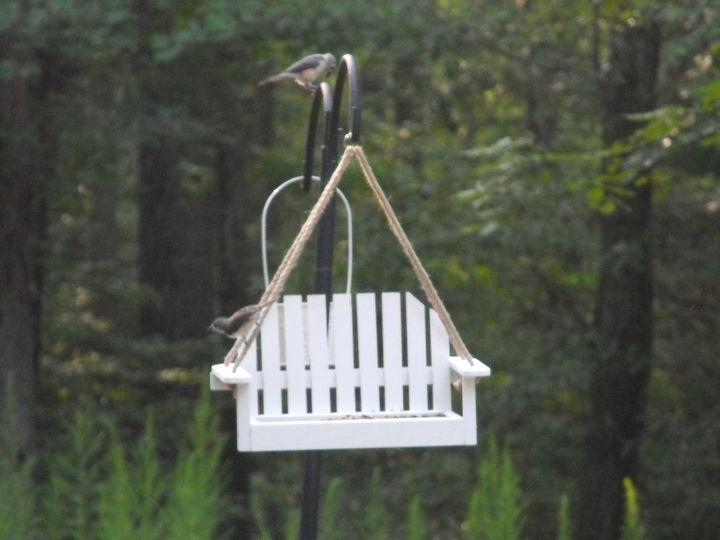when do you dig tulip bulbs and replant them?

-
Irene, I'm not sure I understand your question. The only real reason to have to dig tulip bulbs would be if you lived somewhere they didn't get enough cold and you had to provide that by refrigerating them for a time period. You certainly don't need to do that in North Carolina. Otherwise, tulips don't usually last more than a two or three years, and plenty of gardeners consider them as annuals, so it doesn't seem like it would be worth the effort to try to move them to another part of your garden. Let us know what you're trying to accomplish and we'll try to help.
 Douglas Hunt
on Jan 22, 2012
Helpful Reply
Douglas Hunt
on Jan 22, 2012
Helpful Reply -
-
Irene, in NC you plant tulips in the fall. If you want to find varieties that are more perennial check with www.BRENTANDBECKYSBULBS.COM the smaller species types of tulips are not as showy but will persist in the garden, including Tulipa clusiana.
 Erica Glasener
on Jan 22, 2012
Helpful Reply
Erica Glasener
on Jan 22, 2012
Helpful Reply -
-
Irene, most tulips are short-lived in our area of North Carolina. They get planted in the fall in an area that gets full sun and stay in the ground year-round. Fertilizing the bulbs when the foliage first appears in the winter may improve the chance of more than one year of bloom.It is best not to plant anything directly over the bulbs although some gardeners will try some shallow rooted annuals to provide some color in the summer. Most commercial landscapers in the area treat tulips as annuals; they dig the bulbs when they have finished blooming and discard the bulbs.
 Mike and Anne
on Jan 22, 2012
Helpful Reply
Mike and Anne
on Jan 22, 2012
Helpful Reply -
-
I was wanting to replant them somewhere else
 Irene R
on Jan 22, 2012
Helpful Reply
Irene R
on Jan 22, 2012
Helpful Reply -
-
Irene, if you want to move them somewhere and try to get another year out of them, wait until after they have bloomed and the foliage has yellowed, then dig them.
 Douglas Hunt
on Jan 23, 2012
Helpful Reply
Douglas Hunt
on Jan 23, 2012
Helpful Reply -
-
Now, that's good advice. Our "Darwins" were in the Chicago area. Plenty of cold weather to make them bloom in spring.
 Grandmasue10
on May 07, 2016
Helpful Reply
Grandmasue10
on May 07, 2016
Helpful Reply -
Related Discussions
How do you plant ranunculus bulbs so squirrels won't eat them?
Ranunculus and anemone bulbs are planted close to the surface. Is there any way to protect them from squirrels?
How can I inexpensively add some "wow" to my very brown/tan house?
My house is 100 years old and rock solid but it is bland. It needs someone's creative suggestions!
1950 Doors
I hate these doors. I'm not a carpenter. Was wondering if these would look better painted? What can I do with these door knobs? The plating or whatever is coming off.... See more
Does anyone have any good suggestions on how to keep squirrels out of my bird feeders?
I have tried the crushed red pepper in the bird seed, and have tried putting vaseline on the pole that holds the feeders....any other suggestions? I will at times hav... See more
What can I do about wood smoke coming into my house?
I need help. My back door neighbor heats with a wood stove all winter. They are downhill from me. Almost all their smoke makes its way into my house, causing headache... See more
How do I tighten the nut on this lamp?
I have a lamp that's 1ft 16in long with the opening of the hole at the bottom that's only 2in wide, so how do i tighten up the bottom nut that's on the inside of the ... See more
Does anyone know how I can find a Pulaski 221 Baker Street nightstand
I live in north Alabama.





